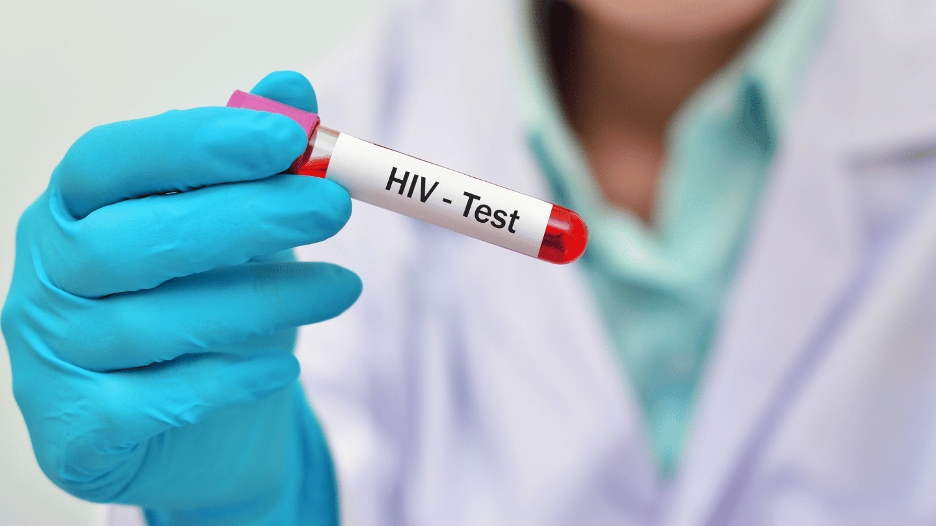

Recognizing early HIV symptoms and understanding the significance of timely testing are pivotal steps in managing and reducing the spread of the virus. Explore the challenges of identifying early symptoms, the role of testing in health management, advancements in testing technology, and the crucial benefits of early antiretroviral therapy initiation. Discover how proactive strategies can enhance both individual and community health outcomes.

🤒 Primary Symptoms to Monitor
During the initial 2-4 weeks post-exposure, some individuals may experience flu-like manifestations including:
Elevated body temperature (often exceeding 100.4°F)
Persistent fatigue unrelieved by rest
Tender, swollen lymph nodes in neck/groin areas
Unexplained muscle soreness lasting several days
Distinctive rash typically appearing on torso/face
These indicators frequently mirror common viral infections, emphasizing the need for professional evaluation rather than self-diagnosis. Approximately 20-30% of individuals may not develop noticeable early symptoms.
⏰ Optimal Testing Timeline
Testing protocols vary based on exposure circumstances:
Initial screening: Recommended 18-45 days after potential exposure using fourth-generation antigen/antibody tests
Follow-up confirmation: Nucleic acid testing within 10-14 days for high-risk exposures
Routine screening: Annual testing advised for sexually active adults, with more frequent checks for those with multiple partners
Modern testing methods have significantly reduced detection windows while improving accuracy rates above 99.5%.
💊 Advantages of Prompt Treatment
Initiating antiretroviral therapy (ART) during early infection yields multiple benefits:
Preserves immune cell counts, maintaining natural defense systems
Reduces viral reservoirs in bodily tissues
Lowers transmission likelihood by up to 96%
Minimizes long-term inflammatory damage to organs
Improves treatment response compared to delayed initiation
Current ART regimens typically involve single-pill daily combinations with fewer side effects than earlier medications.
🧪 Testing Innovations
Recent diagnostic advancements include:
Oral fluid tests with 99% specificity
At-home collection kits for lab analysis
Rapid fingerstick tests providing results in 60 seconds
Multiplex assays detecting multiple STIs simultaneously
These developments have expanded testing accessibility while maintaining rigorous accuracy standards.
✅ Proactive Health Management
Understanding early HIV indicators and testing options empowers individuals to make informed health decisions. While symptoms may be nonspecific, timely medical consultation and appropriate testing provide clarity. Modern treatment protocols can effectively manage HIV when detected early, allowing individuals to maintain excellent quality of life. Regular testing remains the most reliable method for those with potential exposure risks.
